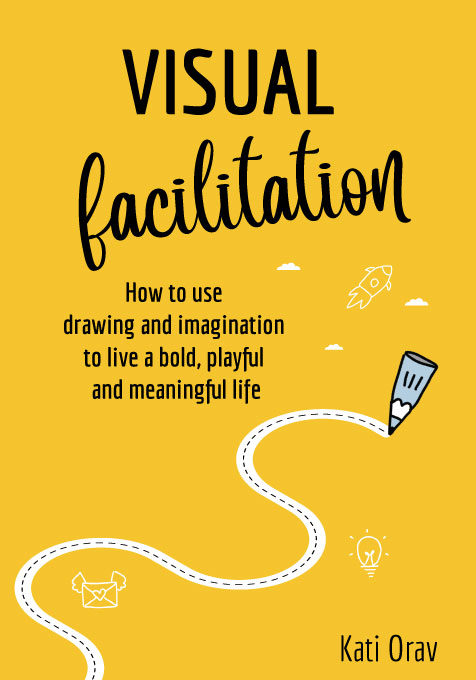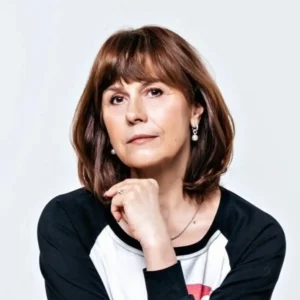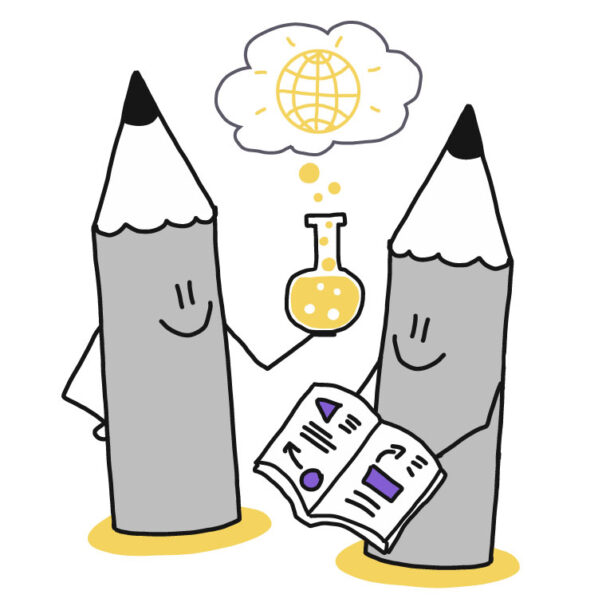The book is written for everyone who wants to bring more courage and playfulness into their lives.
This is for you if you dream of a more meaningful life.
You can find out here what it means that we all can draw and how simple drawing can help improve our lives.
In addition, you will learn a specific technique that will help you be a better thinker, planner, and doer.







